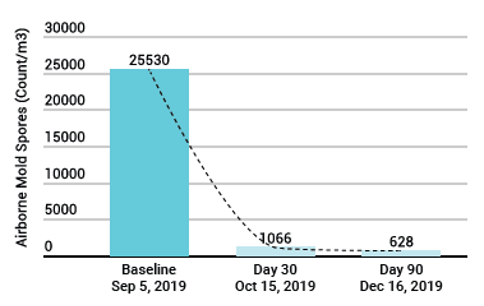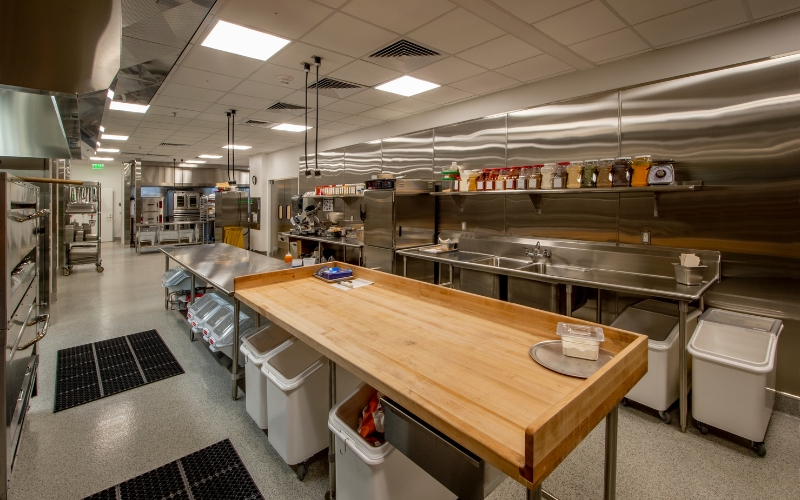So many in the Houston area have experienced difficult times following Hurricane Beryl, which passed through in early July. Among those were extreme heat, flooding, and more. One menace that doesn’t get discussed enough is mold and how it has reared its ugly head so often in the aftermath of Hurricane Beryl.
In addition to the issues above, the hurricane left power outages throughout southeast Texas that affected more than two million residents. Many were without power for days, which meant they lacked air conditioning. While they were seeking refuge at community centers, the silent threat of mold began to proliferate in their homes and many public buildings.
Hurricanes: The Perfect Breeding Ground for Mold
Mold thrives in damp, warm conditions, which are very common in the wake of hurricanes. Torrential rains and subsequent flooding caused by Beryl created an ideal mold environment. Water damage to buildings and the lack of power to run dehumidifiers and air conditioners only worsened the problem. When temperatures rose, humidity provided a perfect breeding ground for mold spores.
Health Implications of Mold Exposure
Mold exposure can have severe health consequences, particularly for those with pre-existing conditions like asthma, allergies, or generally weakened immune systems. Inhalation of mold spores can lead to respiratory issues, skin irritation, and, in severe cases, fungal infections. For the elderly, children, and individuals with chronic health conditions, mold exposure can be particularly hazardous.
During Beryl’s aftermath, many residents faced these health risks as they returned to water-damaged homes. The threat was not limited to private residences. Public buildings, such as community centers and libraries, were also affected. These were seen as crucial cooling centers during the extreme heat. Lake Jackson, Texas, for example, saw extensive water damage to its civic center, leading to a rapid spread of mold once the power was restored and the heat took hold.
Economic and Psychological Toll
The presence of mold adds a layer of stress and financial burden to those already dealing with the aftermath of a hurricane. Cleaning mold can be costly and labor-intensive, whether in a building or a home. It often requires professional remediation services. The psychological impact is significant as well. There’s a constant worry about health risks, financial burdens, and even potential loss of belongings due to mold damage.
Preventative Measures
Addressing the mold issue in the wake of hurricanes like Beryl requires a multi-faceted approach. Immediate and effective water damage mitigation is so important. This includes timely drying of affected areas, using dehumidifiers, and ensuring proper ventilation. Backup generators to power these dehumidifiers and air conditioning units can significantly reduce the risk of mold growth.
Another item that can help is an indoor air purification system like Synexis offers. Dry Hydrogen Peroxide (DHP®) is Synexis’ patented technology that is proven to reduce mold in the air and on surfaces. Synexis technology was implemented in a retail store in San Juan after Hurricane Dorian in 2019, and incredible results can be seen below, so we have experience with mold in the aftermath of hurricanes.
As climate change continues to fuel more intense hurricanes and heat waves, the risk of mold outbreaks following these events will likely increase. Preparing for this reality means addressing immediate disaster response and investing in long-term resilience. This includes building infrastructure that can withstand flooding, ensuring equitable access to recourses, fostering community resilience, and offering air and surface purification solutions like Synexis.










